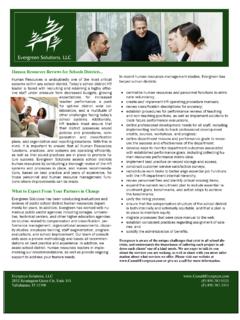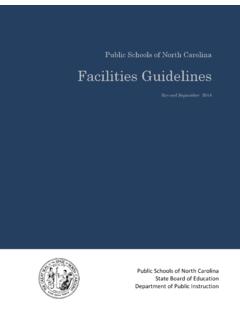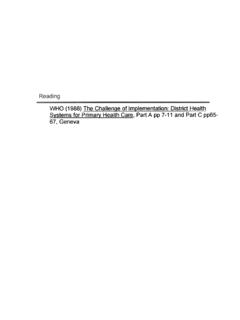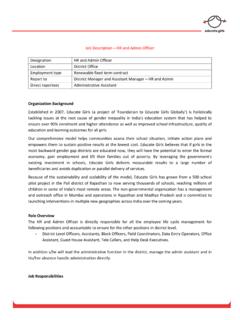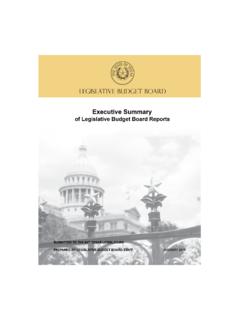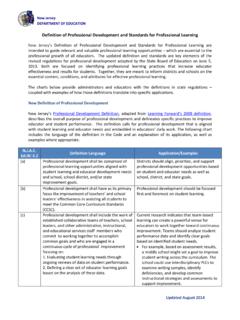Transcription of PROJECT PROPOSAL - Free to Charities
1 PROJECT PROPOSALPROJECT NAME: Orphans and vulnerable children needs supportPROJECT IMPLEMENTER: Bethany Rehabilitation Center (BRC)REGISTRATION NUMBER: DGCS/413/2011 CONTACT PERSON: Duhimbaze TomTELEPHONE: +256701501524 WEBSITE: : COST: 111,783 (USD)TARGET POPULATION: Orphans and Vulnerable Children in families with double orphans and people having HIV/AIDsExecutive summaryBethany Rehabilitation Center registration number; DGCS/413/2011 was founded in2011 as non-profit community based organization in Kisoro, South western region ofUganda.
2 The PROJECT registered over 120 vulnerable children from the objectives majorly include; establishment of a home for the homeless, distressedand HIV/AIDS orphans, providing immediate needs and other timely needs oforphans and nurturing sick and malnourished Orphan children for better health andkeep them well and strong through child survival programChildren constitute large percentage of population in Uganda. the child shouldgrow up in a familyEnvironment and in an atmosphere of happiness, love, guidance andunderstanding! From a child s physical and mental development, they requirecare in regard to physical, mental, moral and social development.
3 But socialindicators show a decline in social and economic welfare of children. low levels ofeducation among the whole population of the community has also been attributed to theincreasing number of Orphan children as a result of HIV and AIDS scourge, poverty andpoor health we secure the funds it will be a permanent model rehabilitation centre forother parts of Western region and Uganda as whole. In addition to this the projectwill be sustained in the following ways; Accessing funds from global donors,Initiating micro projects, contribution from PROJECT beneficiaries and BACKGROUND-BETHANY REHABILITATION CENTERB ethany Rehabilitation Center registration number; DGCS/413/2011 was founded in 2011 as non-profit community based organization in Kisoro in the extreme end of South western region of Uganda.
4 It was started by a team of dedicated persons with the aim of helping the children affected and infected with HIV/AIDS. We run the center in Kisoro main village, Kisoro town Rehabilitation Center (BRC) is able to provide a small orphanage PROJECT that will provide children with a safe and stable home, education and support throughout their childhood. This will be a solution of solving the problems hidden by the fact that orphans and vulnerable children are invisible; yet by the very nature of their situation, they are included among those that are classified as disadvantaged and poor in Kisoro district like any other areas of the World, there is growing number of Orphanedand homeless children caused by HIV/AIDS and other illnesses.
5 In addition to this,because of constant political instabilities in neighboring Democratic Republic of Congo(DRC) many children always suffer in the transit camp of Nyakabande because most oftheir parents are killed by rebels. These children are often abandoned with no way oftracing their family still shows that children in abject problems are recognized by rather elementary(as opposed to sophisticated) criteria. Top on the list is absence of basic necessities suchas shelter, food, clothing and water. Equally important is the human condition in termsof physical health and parental care and protection.
6 While there seems to be national consensus among donors, the public sector and civilsociety that the government has made commendable progress in implementing PEAP(Poverty Eradication Action Plan) as flexibly as possible, it s evolving nature, due to theparticipatory and consultative reviews it undergoes regularly, does not address many ofthe development challenges disadvantaged children face today. It would take lobbyingand advocacy interventions to ensure that the needs and demands of children in abjectpoverty are to UNESCO 2003 study on Children in Abject Poverty in Uganda indicates that:Ill health and inadequate health services remain critical challenges for children in abjectpoverty.
7 This is aggravated by the living conditions of children in almost all the districts ofUganda where the pilot study was carried out. Objectives of the ProjectThe PROJECT objectives are majorly but not limited to:i. The establishment of a home for the homeless, distressed and Providing immediate needs and other timely needs of orphans like food,clothing, shelter and elementary education for the orphans, training them in theself reliance skills that will be available at the Nurture sick and malnourished Orphan children for better health and keep them welland strong through child survival MissionTo mobilize resources for addressing the challenges facing orphans and enable them realize their full potential through promoting programs on education.
8 Health care, recreational skills, social security and moral Problem statementAs we recognize that the children occupies a very unique and privileged positionin the African society and that for the full harmonious development of theirpersonality, the child should grow up in a familyEnvironment and in an atmosphere of happiness, love, guidance andunderstanding! From a child s physical and mental development, they requirecare in regard to physical, mental, moral and social parts of Uganda have got large number of orphans than urban centersbecause people living in rural areas are not sensitized on prevention methods ofHIV/AIDS.
9 The age of orphans, however, is fairly consistent across parts of thecountry. Surveys suggest that about 15% of orphans are 0-4 years old, 35% are 5-9 years old, and 50% are 10-14 years despite of the efforts to improve the lives of the children, social indicatorscontinue to show a decline in social and economic welfare of children. Also lowlevels of education among the whole population of the community has also beenattributed to the increasing number of Orphan children as a result of HIV and AIDS scourge, poverty and poor health conditions. Worst of all, the child-headed householdtrend in Uganda is such that rural areas have , of which are male-headedand are female-headed.
10 The trend in urban areas is that of the 20% child-headedhouseholds, are male-headed whereas are female-headed (Uganda Bureau ofStatistics-UBOS, 2000).The complexity of the problem of child poverty in Uganda is large and growing, andcannot be ignored when designing national development and poverty reductionstrategies. Unfortunately, children especially orphans continue to be marginalizedirrespective of interventions where by assumptions are made that interventions thataddress adult and household needs are also good for all children, including boys and girlsof school-going and non-school-going ages.

